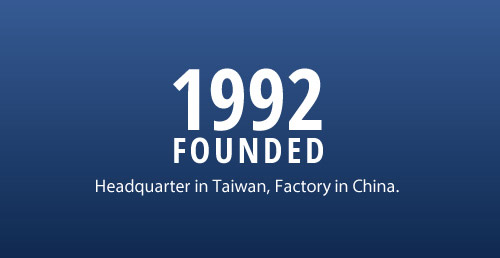Effective Techniques for Steel Post Bracing in Construction and Structural Support
The Importance of Steel Post Bracing in Structural Integrity
In the field of construction, ensuring the stability and durability of structures is paramount. One of the key methods to achieve this is through the use of steel post bracing. This technique involves the strategic placement of steel braces to provide additional support and resistance against lateral forces, such as wind, earthquakes, and uneven loading. Understanding the benefits and applications of steel post bracing can help engineers and builders create stronger, safer structures.
Steel post bracing serves as a crucial element in enhancing the structural integrity of various types of buildings, from residential homes to commercial skyscrapers. The primary function of post bracing is to stabilize the framework of a building by transferring loads and forces, reducing the risk of structural failure. When a building is subjected to lateral forces, the braces act as diagonal supports that help distribute these loads evenly across the structure. This distribution not only minimizes deformation but also helps prevent catastrophic failures.
One of the most significant advantages of steel post bracing is its ability to withstand high tension and compression. Steel is known for its high strength-to-weight ratio, making it an ideal material for bracing systems. The use of steel allows for slender and lightweight designs that do not compromise on strength. Additionally, steel braces can be prefabricated, which accelerates the construction process and ensures precision in installation.
steel post bracing

Moreover, steel post bracing is versatile and can be adapted to suit various architectural designs. Whether it's in a traditional wooden frame building or a modern steel-frame structure, bracing systems can be tailored to meet specific engineering requirements. Engineers can select from a variety of bracing configurations, including X-bracing, K-bracing, and diagonal bracing, each offering unique benefits and aesthetic appeal. This adaptability not only enhances the performance of the building but also contributes to its overall visual character.
In regions prone to natural disasters, such as hurricanes and earthquakes, the role of steel post bracing becomes even more critical. The combination of lateral stability and resilience provided by steel braces can significantly reduce the risk of damage during extreme weather conditions. Buildings designed with adequate bracing can withstand higher loads, reducing the likelihood of structural failures and ensuring occupant safety.
Furthermore, using steel post bracing can lead to cost savings in the long run. Although the initial investment for steel materials may be higher than alternative solutions, the enhanced durability and reduced maintenance requirements often result in lower lifecycle costs. Buildings equipped with effective bracing systems have longer lifespans, which translates to lower repair and replacement expenses over time.
In conclusion, steel post bracing is an essential technique in modern construction that significantly contributes to the stability and longevity of structures. Its ability to withstand lateral forces, adaptability to various designs, and cost-effectiveness makes it a preferred choice among engineers and builders. As the demand for safer and more resilient buildings continues to grow, the importance of steel post bracing in achieving structural integrity cannot be overstated. Investing in quality bracing systems today can lead to robust buildings that stand the test of time, protecting both investment and human lives for generations to come.
-
Wedge Anchor Bolts: Secure Fastening SolutionsখবরAug.05,2025
-
Insulation Fixings: Secure and Durable SolutionsখবরAug.05,2025
-
Full Threaded Studs: Versatile Fastening SolutionsখবরAug.05,2025
-
Expanding Fasteners: Secure and Reliable SolutionsখবরAug.05,2025
-
Butterfly Toggle Anchors: Secure and Easy to UseখবরAug.05,2025
-
Bracing Solutions for Steel StructuresখবরAug.05,2025
